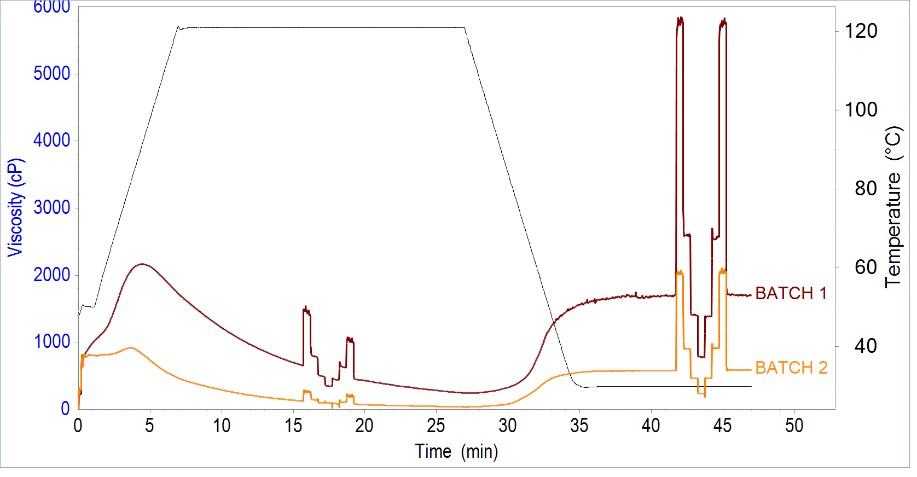
The unit of viscosity was chosen to be millipascal-second (mPa The viscosity can be determined at a predefined temperature and at a predefined shear rate. The rotational viscometer evaluates the viscosity by measuring the torque needed to maintain a constant rotational speed.

Viscosity was obtained by a rotational viscometer (Physica, standard measuring drive system SM-LM Physica Messtechnik GmbH, Stuttgart, Germany) ( Fig. Thus, the aim of this study is to investigate the comparability of fluid thickeners made of different gum-based and starch-based substances by viscosity and LST under various measurement conditions. The amount of viscosity change between various measuring conditions is different in these fluid thickeners. Viscosity of fluid changes as the measuring conditions, including temperature and shear rate, are altered. The rheological characteristics of these fluid thickeners are different. The available fluid thickeners are mainly composed of starch polysaccharide, Guar gum-based polysaccharide, and Xanthan gum-based polysaccharide. also presented 4 levels of dysphagia diets according to line spread test (LST) and viscosity: water (LST, >4.0 cm 1-9 mPa The National Dysphagia Diet Task Force (NDDTF) proposed to classify thickened fluids to 4 classes by viscosity at a shear rate of 50 s -1 and a temperature of 25℃: thin (1-50 mPa Therefore it is important to achieve the adequate viscosity of a thickened fluid. Furthermore dysphagia patients who consume thickened fluid have a risk of dehydration. However, pudding-like ultrathick fluid could increase pharyngeal retention. The thickened fluid is known to reduce the risk of aspiration. ĭiet modification is widely administered in dysphagia patients for safe and adequate nutrition. The complications of dysphagia, such as aspiration pneumonia, dehydration, and malnutrition, increased the length of hospital stay and mortality.

The prevalence of dysphagia is known to be 15% for older adults, 30% for older adults in hospital admission, and 35%-64% in patients following stroke. Dysphagia, or swallowing disorder, is caused by many neurologic or structural diseases affecting oral, pharyngeal, and esophageal structures.


 0 kommentar(er)
0 kommentar(er)
